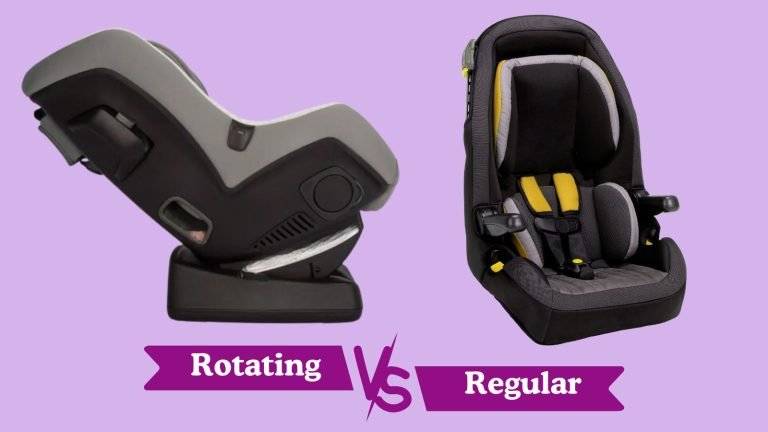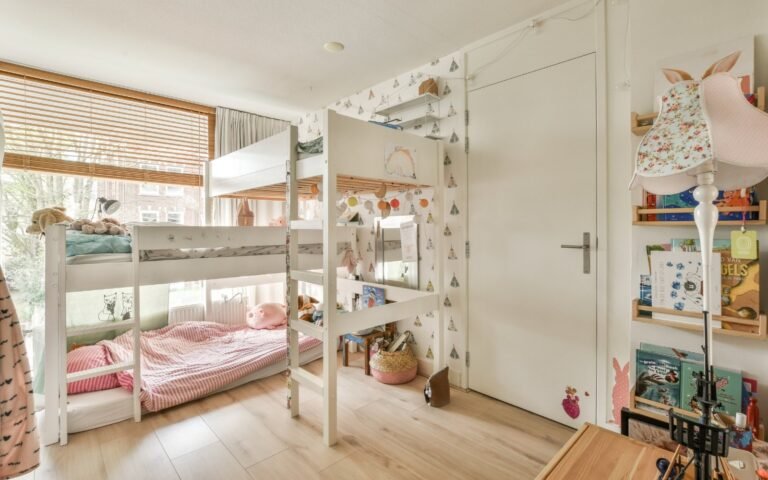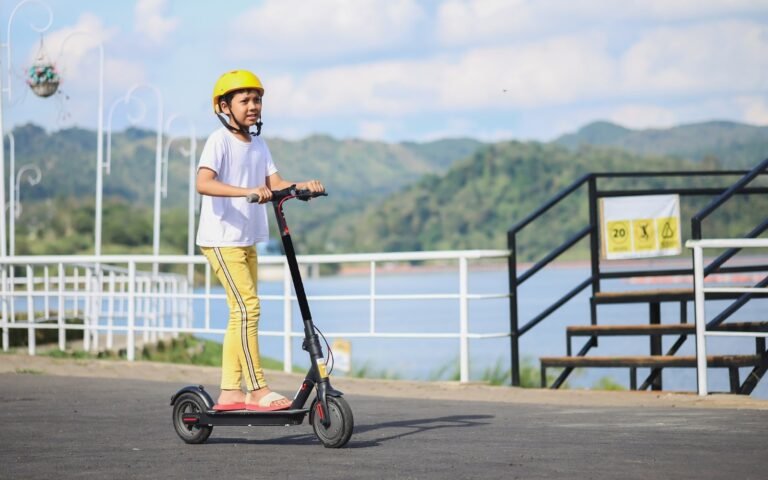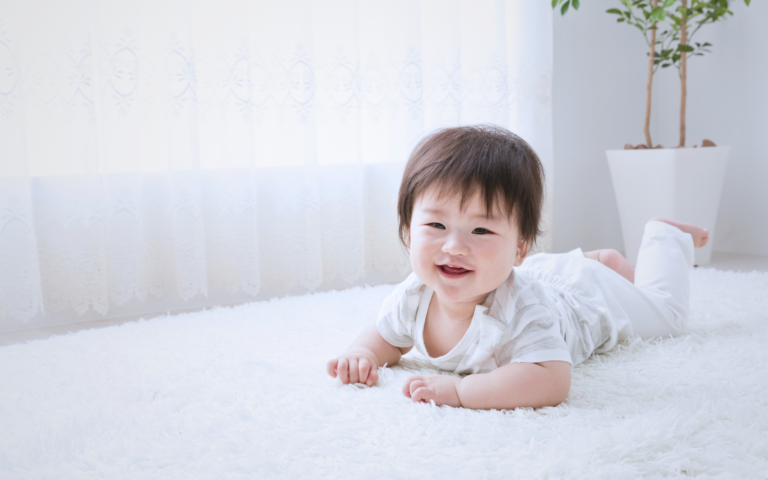Baby Swing Safety Tips: How to Keep Your Baby Swings Safe 2025
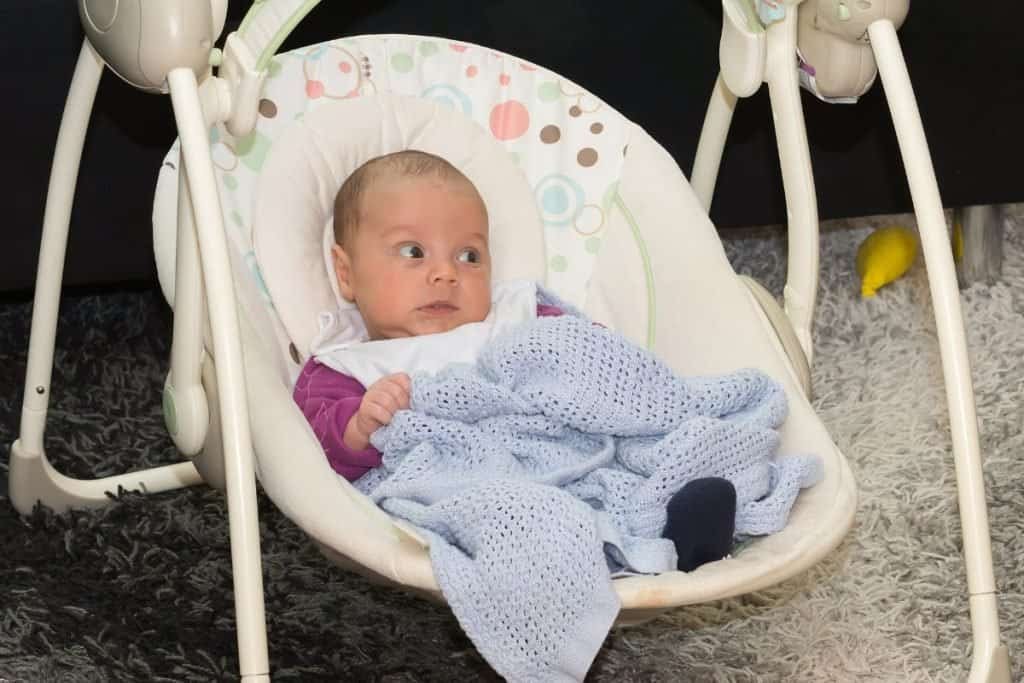
Are you confident your baby is safe and secure while using a swing?
Understanding the ins and outs of baby swing safety is a fundamental need to know for every parent. In this blog post, you will discover essential baby swing safety tips: keeping your little one safe and secure.
We’ll explore common concerns and provide practical guidance to ensure peace of mind. Let’s discover essential tips that will empower you to safeguard your precious little one.
Key Takeaways – Baby Swing Safety Tips
- Always supervise the baby in the swing.
- Limit swing time to 30 minutes.
- Avoid letting the baby sleep in the swing.
- Use the harness properly to prevent falling.
Can Babies Sleep in a Swing?
Curious about baby swing safety tips? Many parents find their little ones doze off happily in these cozy spots, but ensuring safety is crucial.
The American Academy of Pediatrics (AAP) advises against leaving babies unattended in swings and following manufacturer’s guidelines closely. While swings can be comforting for babies, it’s essential to prioritize safety. Explore Baby Swing Features to keep your little one snug and secure.
Infant Swing Risks

Suffocation/Breathing Issues
One of the primary concerns with using a baby swing is the risk of suffocation or breathing issues. While swings provide a cozy spot for babies to relax, improper positioning or harness use can lead to breathing difficulties, especially in young infants.
The American Academy of Pediatrics (AAP) advises against leaving sleeping babies unattended in swings to mitigate this risk. Ensuring your baby is in a safe and secure position is crucial for their well-being.
Flat Head Syndrome
Another risk associated with most babies with prolonged use of baby swings is the development of flat head syndrome, also known as positional plagiocephaly. Babies who spend excessive time in swings may experience pressure on certain parts of their heads, leading to flattening.
Limiting your baby’s time in a swing and providing regular breaks for supervised tummy time and repositioning is essential to prevent this condition.
Injuries from Falling Out
Injuries from falling out of a swing are also a concern for parents. Even with safety harnesses in place, babies can still wriggle out or tip over if not properly secured.
To minimize this risk, always use the provided harness and follow the manufacturer’s guidelines for weight limits and proper use. Additionally, never leave your baby unattended in a swing to prevent accidents.
Tips for Safe Use of a Baby Swing
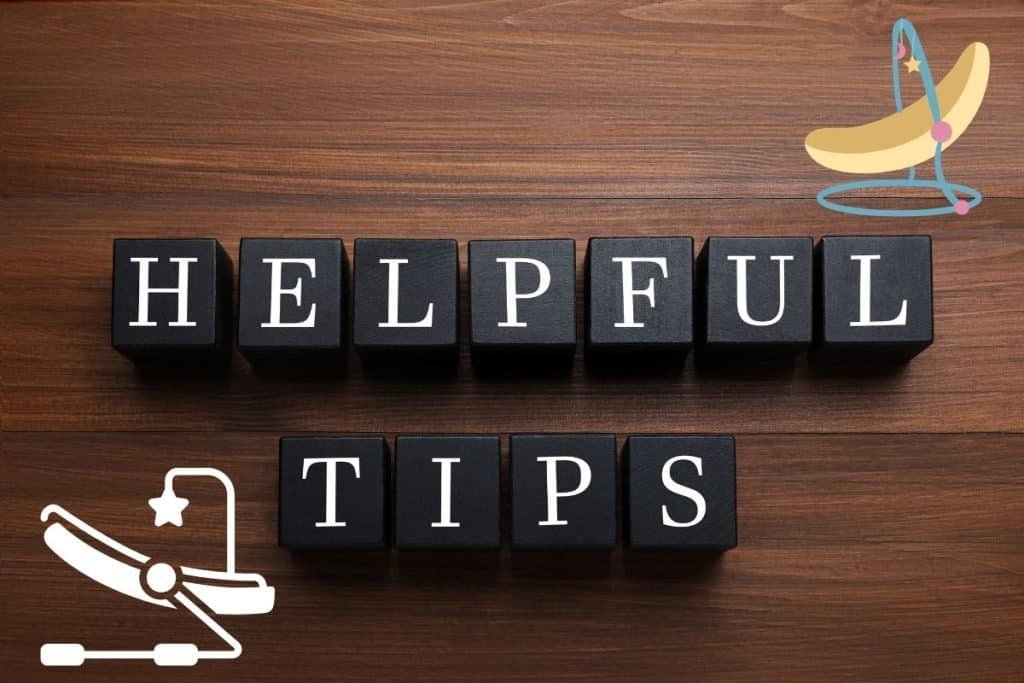
Follow the Manufacturers Instructions on safety features
Always adhere to the manufacturer’s instructions when using an infant’s swing. These guidelines are designed to ensure the safety and proper function of the baby in a swing. Pay close attention to weight limits, assembly instructions, and any specific usage recommendations the manufacturer provides.
Use Proper Harness and Straps
Properly secure your baby in the swing using the provided harness and straps. Ensure the harness fits snugly and is adjusted according to your baby’s size. This will prevent them from slipping or falling out of the swing, minimizing the risk of injuries.
Limit Swing Time to 30 Minutes
Limit your baby’s time in the swing to 30 minutes. Prolonged use of the swing can increase the infant’s risk of flat head syndrome and other health issues. Provide breaks for supervised tummy time and interaction to promote healthy development.
Don’t Let Baby Sleep in Swing
Avoid letting your baby sleep in the swing. While it may seem convenient, prolonged sleep in a swing can pose suffocation risks to young babies and increase the likelihood of flat head syndrome. Opt for a firm sleep surface, such as a crib or bassinet, for your baby’s naps and nighttime sleep.
Secure Toys to Prevent Choking Hazards
If you attach toys or accessories to baby seats or the swing, ensure they are securely fastened and do not pose a choking hazard. Avoid toys with small parts that your baby could break off and swallow. Regularly inspect and replace damaged or worn-out toys to maintain a safe environment.
Check for Recalls
Regularly check for recalls on your baby swing to ensure it meets current safety standards. Manufacturers may issue recalls for potential defects or hazards, so staying informed is important. Visit the Consumer Product Safety Commission website or subscribe to recall alerts to stay updated on any safety concerns.
Research on Baby Swing Safety
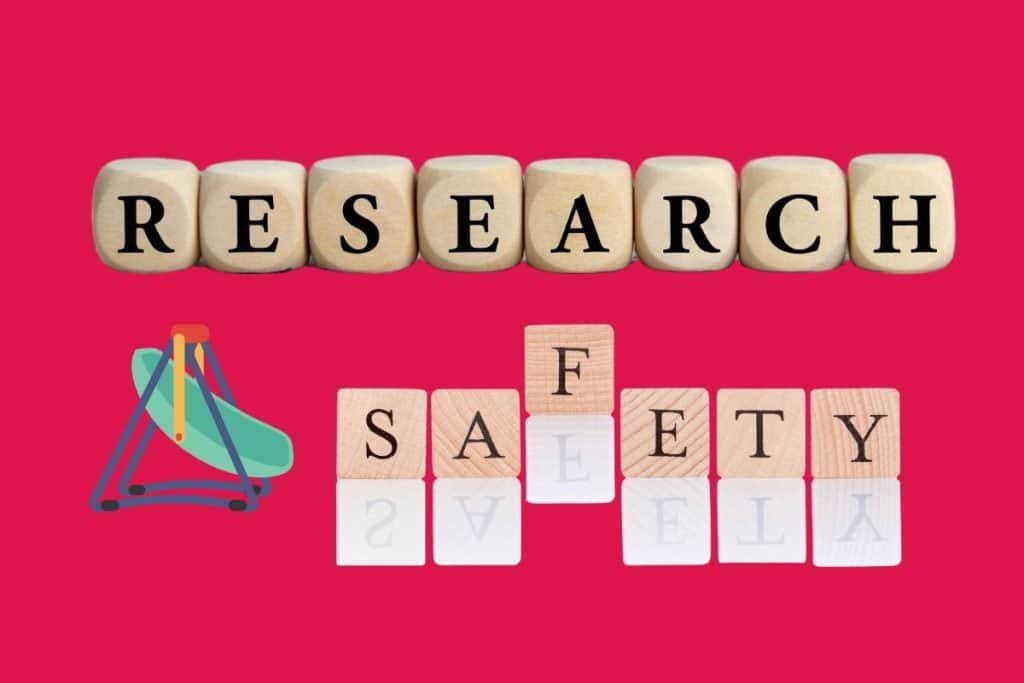
Research on baby swing safety is essential for understanding infant swings’ potential risks, benefits, and use.
Studies conducted by reputable organizations, such as the American Academy of Pediatrics (AAP) and the Consumer Product Safety Commission (CPSC), provide valuable insights into best practices and safety guidelines for using baby swings.
By staying informed about the latest research findings, parents can make informed decisions to ensure the safety and well-being of their little ones.
For more information on choosing the right swing, explore our detailed guide on Best Baby Swings.
Safely Use a Baby Swing
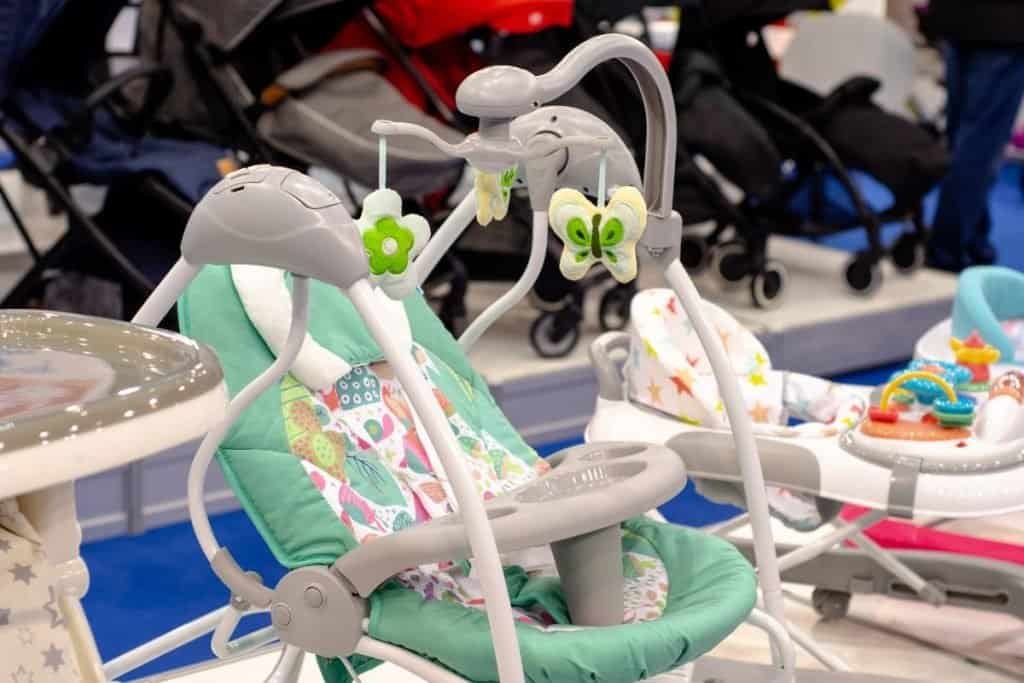
Ensuring the safest possible experience with baby swings is paramount for every parent. Here are some guidelines to follow:
- Supervision: Always supervise your baby in the swing, even if they seem content and secure.
- Proper Positioning: Place the swing on a flat surface and ensure it’s stable before placing your baby inside.
- Harness Use: Use the provided harness correctly and adjust it to fit your baby snugly. This helps prevent them from slipping or falling out.
- Time Limit: Limit the amount of time your baby spends in the swing to avoid potential health issues, such as flat head syndrome.
- Sleeping: Avoid letting your baby sleep in the swing for extended periods. Opt for a crib or bassinet for naps and nighttime sleep.
- Toy Safety: Ensure any toys or attachments are securely fastened and do not pose a choking hazard to your baby.
By following these few safety precautions and tips, you can enjoy the convenience of a baby swing while keeping your little one safe and secure.
Summary
Prioritizing safe sleep practices is crucial for your baby’s well-being. While baby swings can provide comfort and convenience, using them safely and responsibly is essential for a safe sleep environment.
Always follow the manufacturer’s instructions, supervise your baby while in the swing, and avoid letting them sleep in it for extended periods. Opt for a firm sleep surface, such as a crib or bassinet, for naps and nighttime sleep to reduce the risk of suffocation and flat head syndrome.
Incorporating these safe sleep practices into your routine ensures your little one sleeps soundly and safely.
Frequently Asked Questions
What precautions should be taken when using a baby swing?
- Always follow the manufacturer’s guidelines for assembly and use.
- Ensure the swing is placed on a flat, stable surface to prevent tipping.
- Use the safety harness or straps to secure the baby in the swing.
- Avoid leaving the baby unattended, especially if they are asleep.
- Check the weight limit of the swing and adhere to it to prevent accidents.
- Regularly inspect the swing for any signs of wear or damage and stop using it if found.
How do you make a baby swing safe?
- Choose a swing with sturdy construction and safety features, such as a wide base for stability and a secure harness.
- Place the swing on a flat surface away from hazards such as stairs or sharp objects.
- Always supervise the baby in the swing, especially if they are very young.
- Follow the weight and age recommendations provided by the manufacturer.
- Avoid using additional accessories or modifications not approved by the manufacturer, as they may compromise safety.
Are infant swings safe for newborns?
- Infant swings can be safe for newborns if used correctly and under supervision.
- Ensure the swing provides proper support for the newborn’s head and neck.
- Use the swing for short periods and avoid leaving the newborn unattended.
- Follow the weight and age recommendations specified by the manufacturer.
How long is it safe to leave a baby in a swing?
- It is generally recommended to limit the time a baby spends in a swing to short periods, such as 15-30 minutes at a time.
- Prolonged use of swings can increase the risk of positional plagiocephaly (flat head syndrome) and may hinder the baby’s development of motor skills.
- Always prioritize supervised playtime on the floor or in a safe environment over extended periods in the swing.
Are swings good or bad for babies?
- Swings can be beneficial for soothing and entertaining babies for short periods.
- They can provide a gentle rocking motion that mimics being held or rocked by a caregiver.
- However, excessive or prolonged use of swings may negatively affect a baby’s development, including delayed motor skills and flat head syndrome.
- It’s important to use swings in moderation and prioritize other forms of interaction and stimulation for the baby’s overall development.


